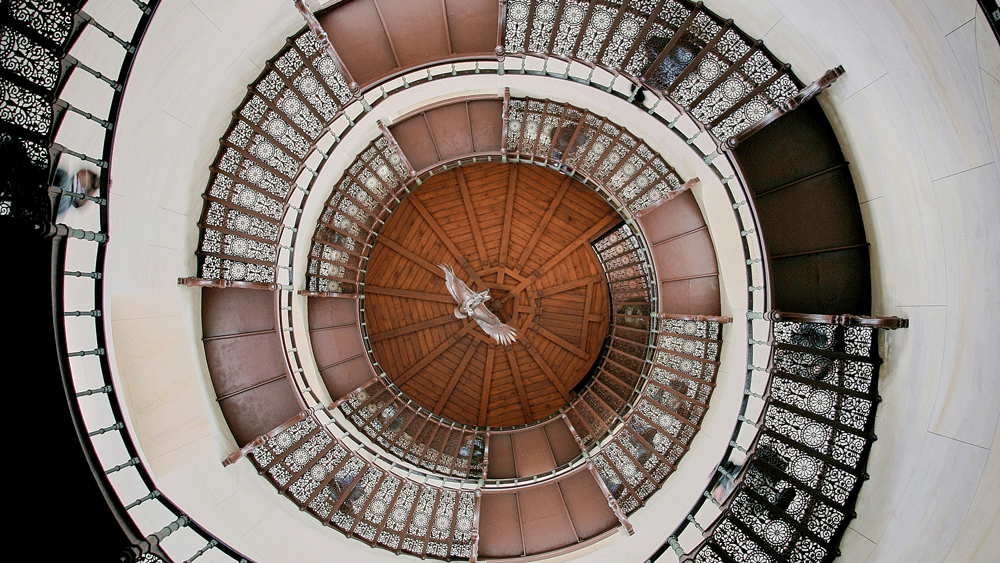Understanding distinctions and boundaries gives you a better grasp of the form of complexity. Photo by Michael Jasmund on Unsplash
In this article, I’m exploring complexity through the lens of George Spencer-Brown’s Laws of Form (Cognizer Co., 1994). This philosophical and mathematical treatise explores the foundations of logic and mathematics via a unique symbolic system. Spencer-Brown introduces a primary algebra based on a simple mark and the act of drawing a distinction. The mark itself is a fundamental concept that represents both the act of drawing a boundary and the boundary itself. I invite the reader to explore the main concepts here and here.
|
ADVERTISEMENT |
Spencer-Brown wrote the following in Laws of Form:
…

Comments
both sides now
Brilliant! Thank you! Getting down to basics—hey, that's the title of a book my mom wrote: it's called "Basics: An I-Can-Read Book for Grownups". Anyway (and all ways that ever were), thanks for getting down to It. I've always wondered about all this talk about When The Universe Began, as if its beginning were a true beginning of all things, even its edges which we'll by nature never see, that is if there are any. Oh Yeah? Well, what (and where, if "where" applies) did this whole shebang begin FROM? What was (or wasn't but was) there before it was born: it had to have burst out from somewhere! Do people takes sides on this:+} ? It is great to live with undeniable mystery, though—something you omg definitely can't Google(plex). Thanks again for this wonderful provocation, and for its reassurance through mystery. Now and Zen!
Add new comment